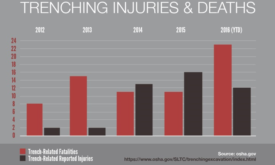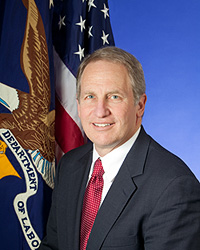News
A Confined Space blog post
“We were supposed to have another 20 years.” Death in the trench
December 18, 2017
The high cost of large-loss fires
Workplaces among the facilities affected
December 15, 2017
Can restaurant managers ask sick employees about their symptoms?
Under Food Code, to prevent spread of foodborne illness, yes
December 14, 2017
Never miss the latest news and trends driving the safety industry
eNewsletter | Website | eMagazine
JOIN TODAYCopyright ©2024. All Rights Reserved BNP Media.
Design, CMS, Hosting & Web Development :: ePublishing









